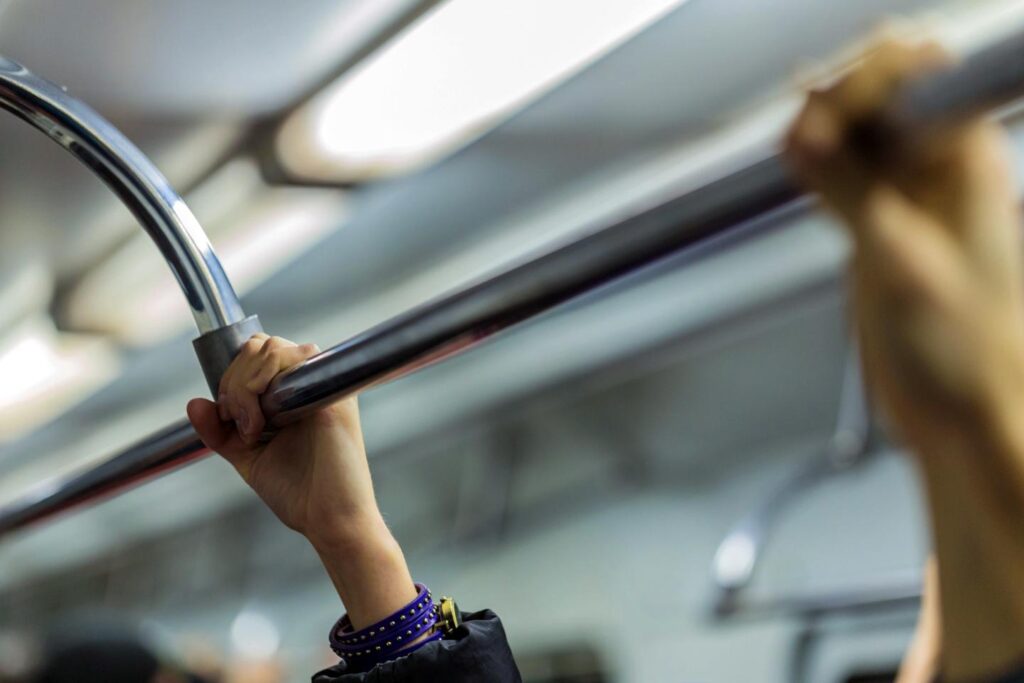Researchers from Lund University in Sweden have created an innovative AI tool that uses samples of microorganisms to determine a person’s location, akin to a microbial GPS. As people move around, they pick up different bacteria, and these microbial communities can serve as markers for specific places. This groundbreaking tool, named Microbiome Geographic Population Structure (mGPS), has shown impressive accuracy, successfully identifying the city of origin for 92% of urban samples. It can even differentiate locations as close as 172 meters apart, proving useful in fields like medicine and criminal investigations. The study suggests this microbial mapping could revolutionize forensics and enhance our understanding of the microorganisms within various environments.
Researchers at Lund University in Sweden have created an innovative AI tool that can use microorganisms found on our bodies to trace our locations, similar to a microbial GPS system. Just as forensic experts use trace evidence like hair and soil to link individuals to crime scenes, this new method utilizes the unique bacterial communities that people unintentionally pick up during their travels.
The study emphasizes that different environments, such as beaches or urban areas, harbor unique microbial populations. By analyzing these microbes, scientists hope to better understand the spread of diseases, identify infection sources, and assist in criminal investigations. Eran Elhaik, a biology researcher at Lund University, explained that while human DNA remains relatively stable, our microbiomes constantly change based on our environment.
The researchers trained their AI model using data from various ecological settings, including over 4,000 samples from subways and urban areas worldwide, along with soil and marine samples. This resulted in the development of the Microbiome Geographic Population Structure tool, or mGPS, which showed promising accuracy in pinpointing the origins of microbiome samples.
The mGPS tool was particularly effective in cities such as Hong Kong and New York City, even distinguishing between locations just meters apart. However, the tool faced challenges in London, attributed to the cleanliness of environments where the samples were collected.
As more microbiome data is gathered, the accuracy of this tool is expected to improve. The researchers envision mapping entire cities to further enhance forensic investigations and deepen our understanding of the microorganisms surrounding us.
For more details, read the full study published in the journal Genome Biology and Evolution.
Tags: Microbial GPS, AI research, microbiome analysis, forensic science, disease tracking, Lund University
-
What are bacterial ‘sat nav’ tracks?
Bacterial ‘sat nav’ tracks are patterns made by bacteria as they move and leave marks in their environment. These tracks help scientists understand where the bacteria have been. -
How do scientists know where bacteria have been?
Scientists study the trails that bacteria leave behind, which can show how they move and change their location, much like a GPS shows where you’ve traveled. -
Why are these tracks surprising in their accuracy?
The tracks can be very precise, revealing details about the bacteria’s movement and behavior that researchers didn’t expect to find. -
How can this information be useful?
Understanding bacterial movement can help in many areas, like medical research, environmental science, and improving our knowledge of how bacteria interact with their surroundings. - Can this technology be used on other types of microbes too?
Yes, the same techniques can be applied to other microbes, allowing scientists to track their movement and behavior in similar ways.






